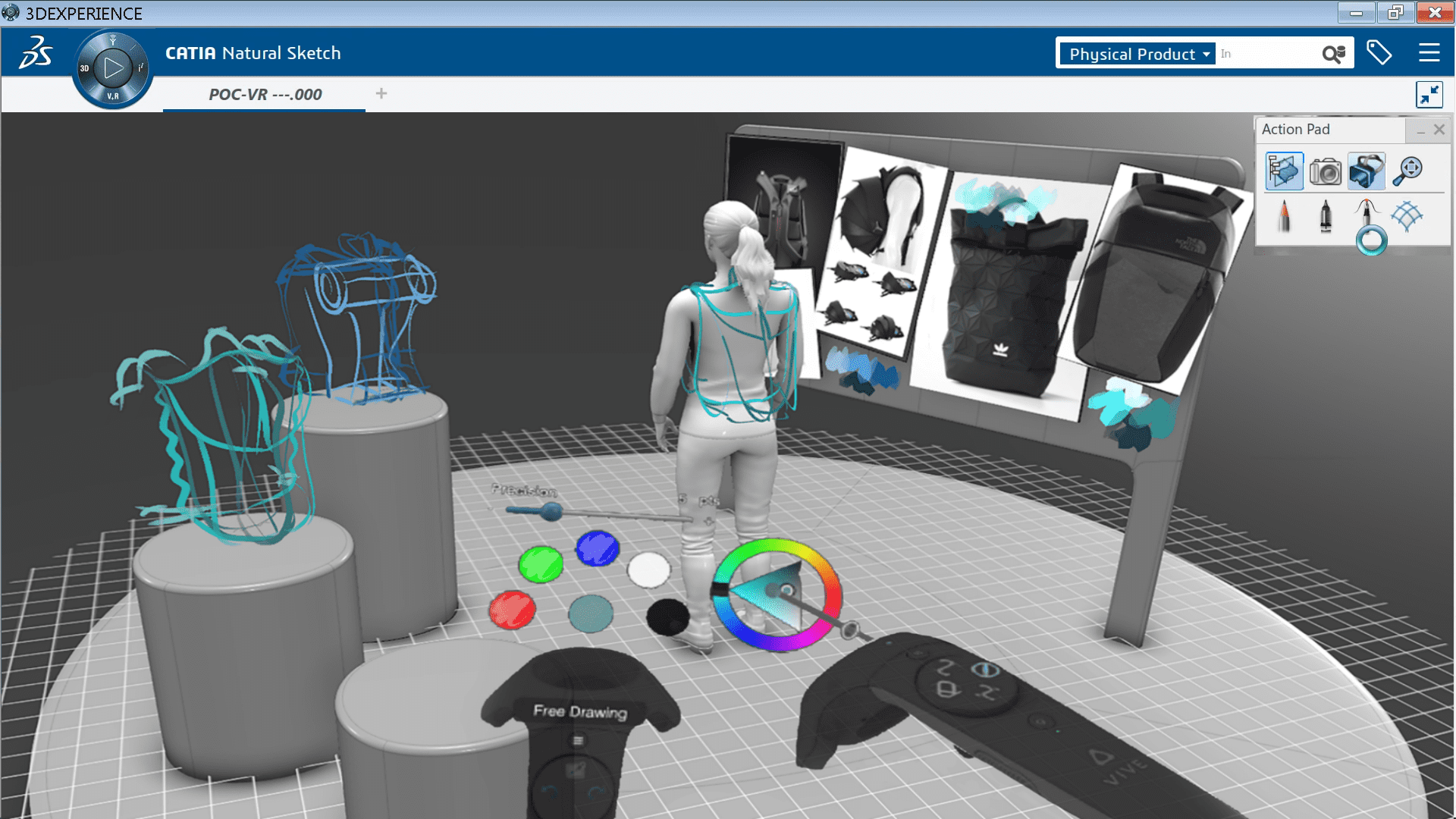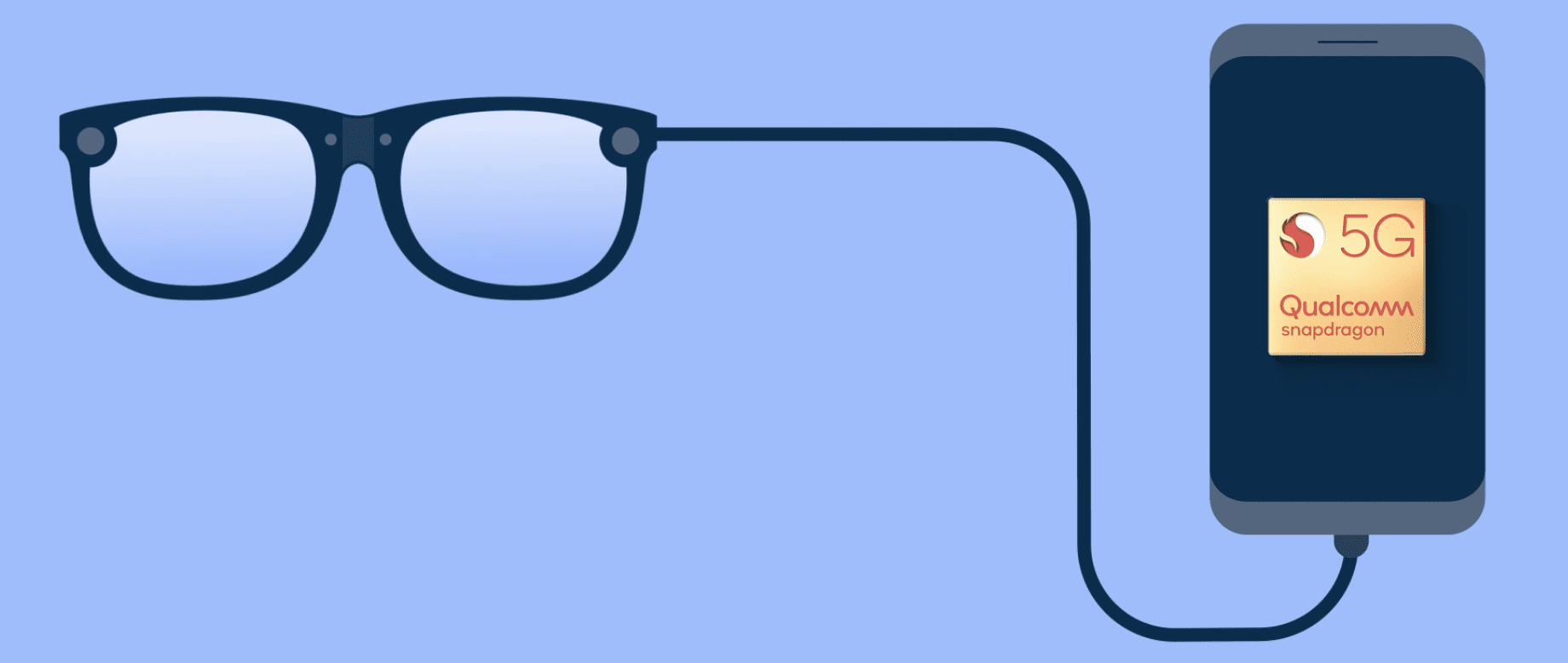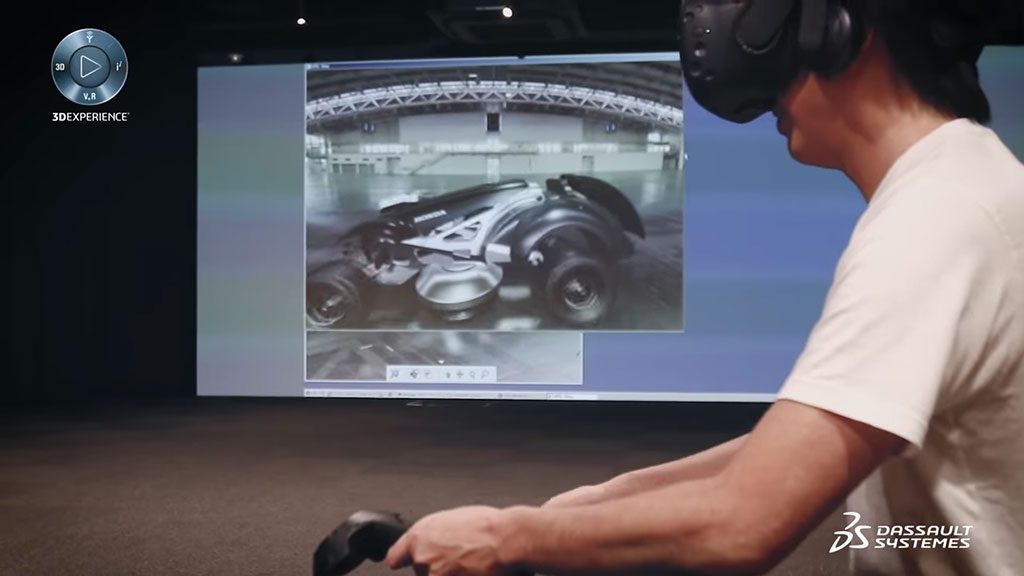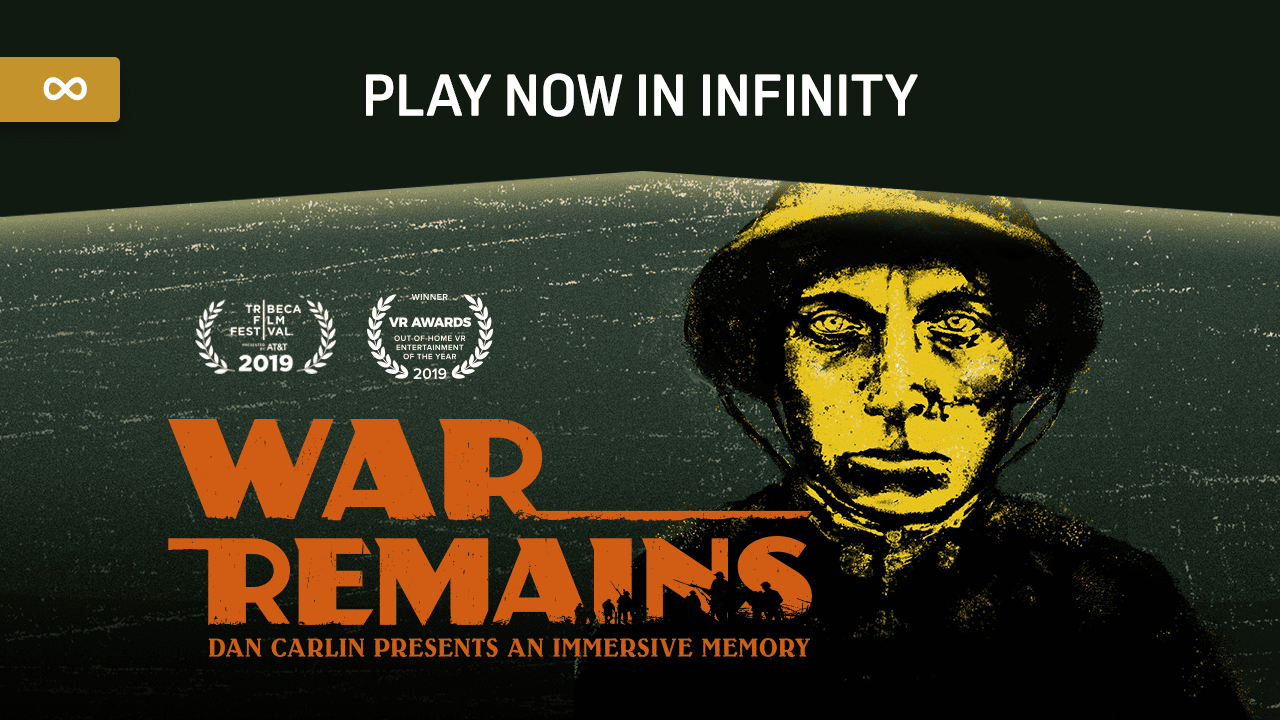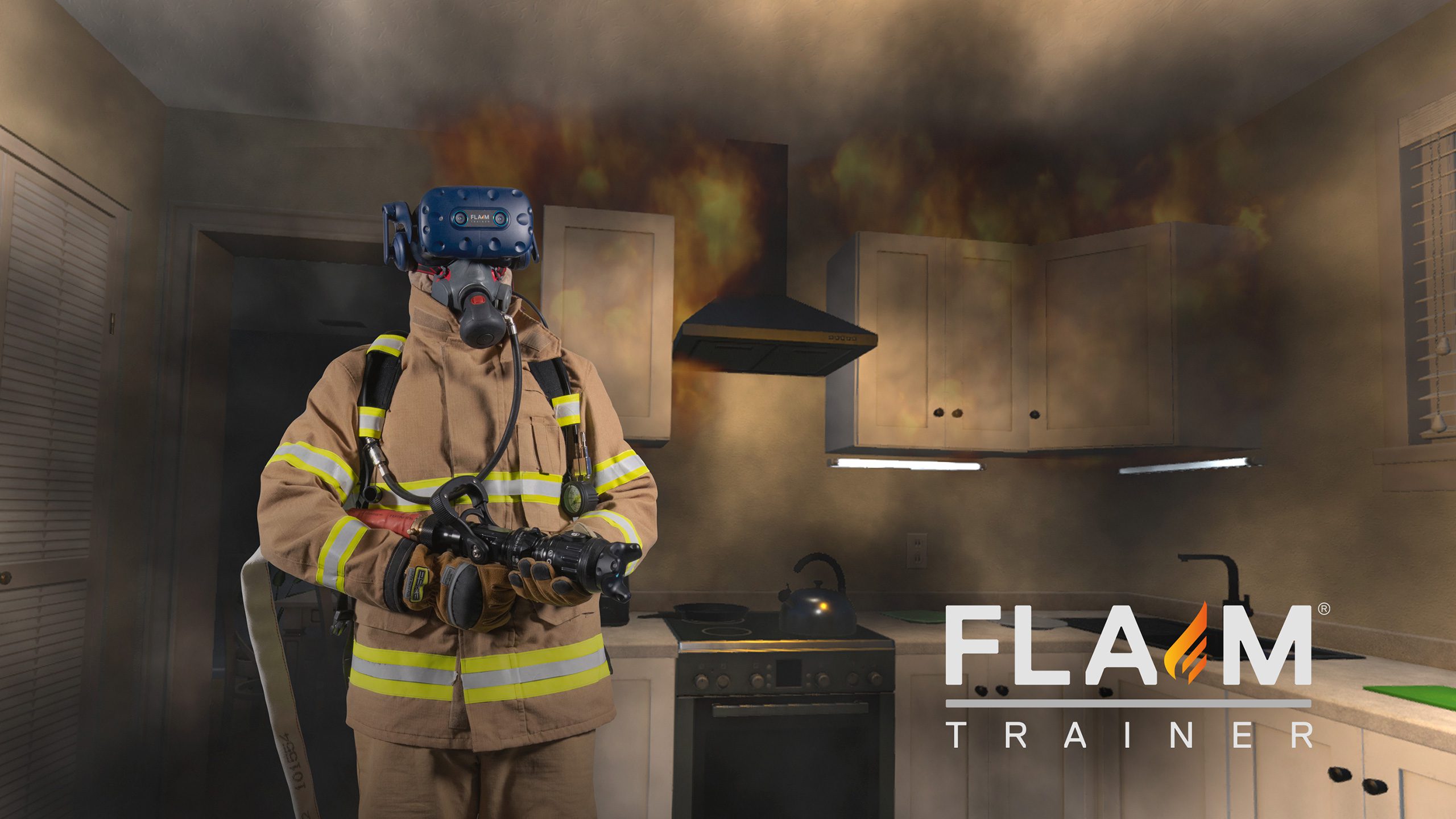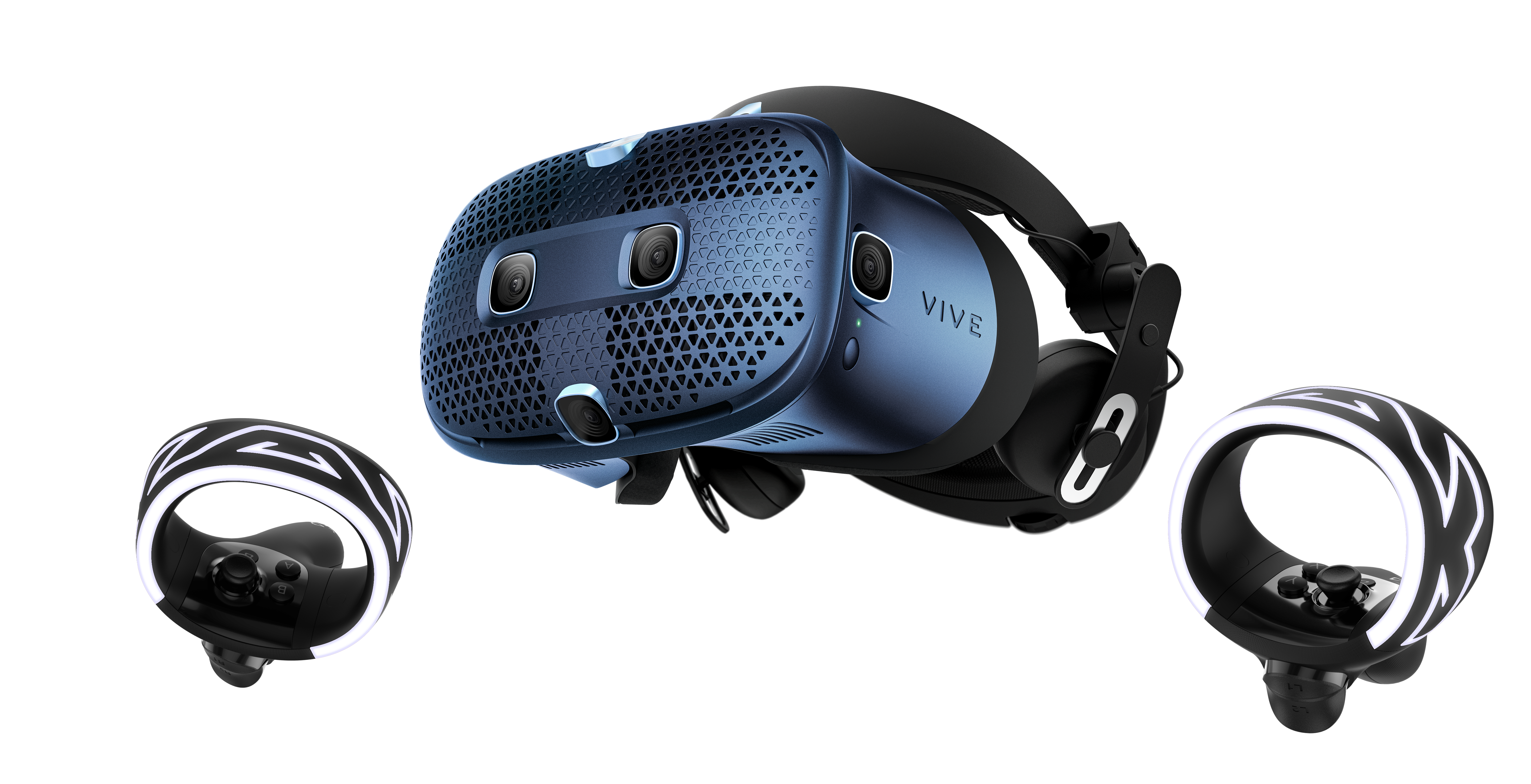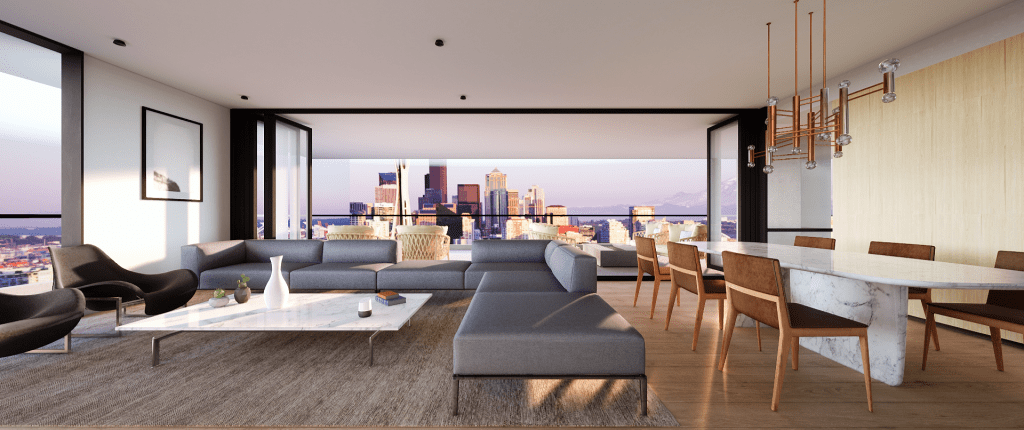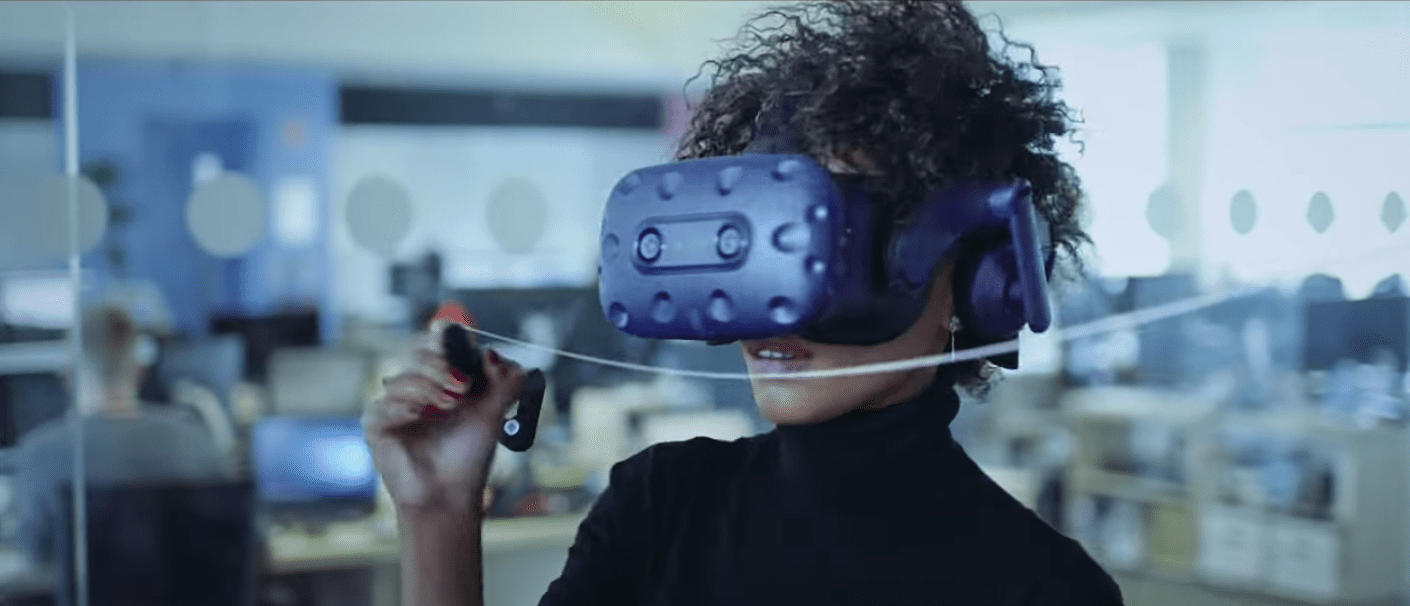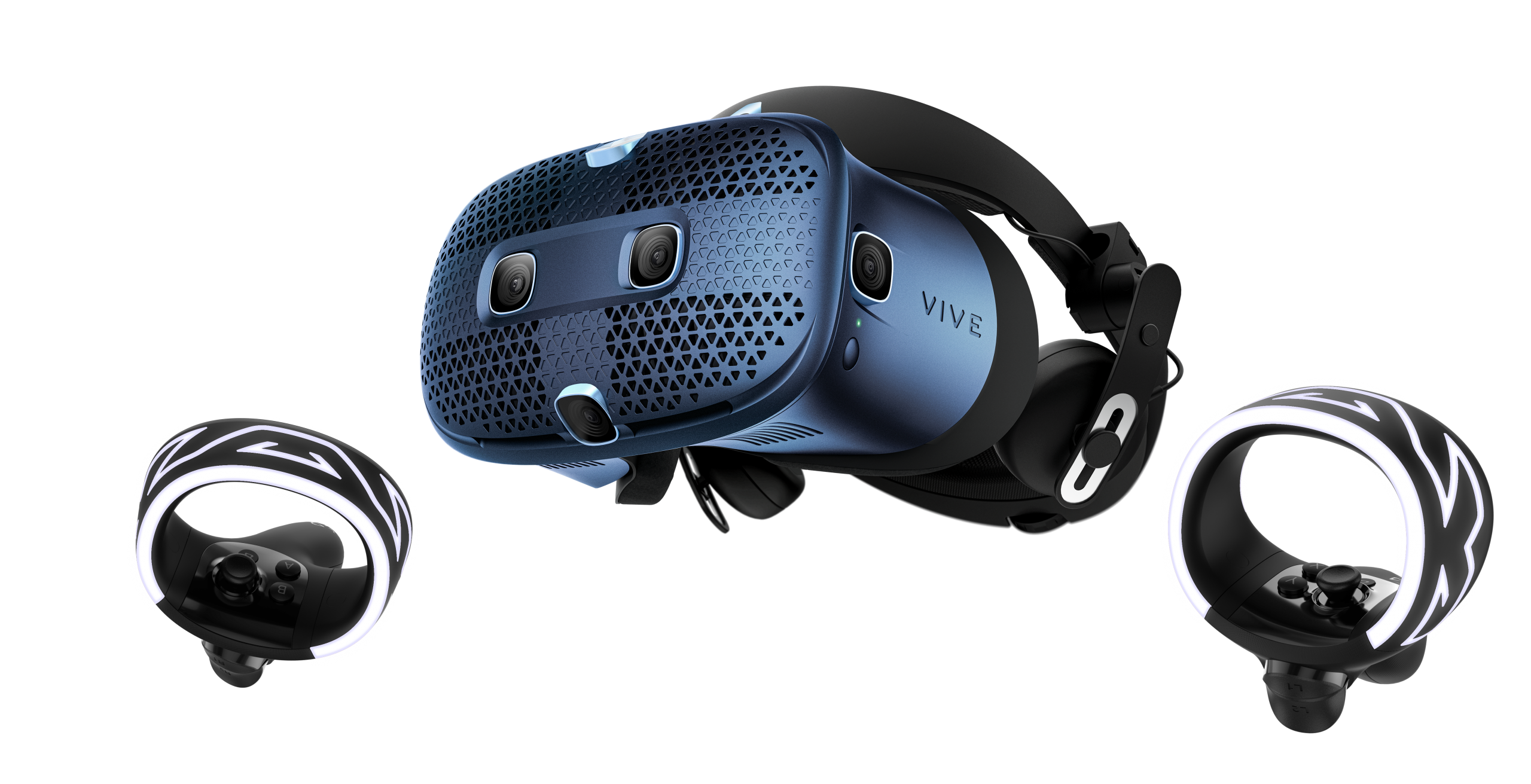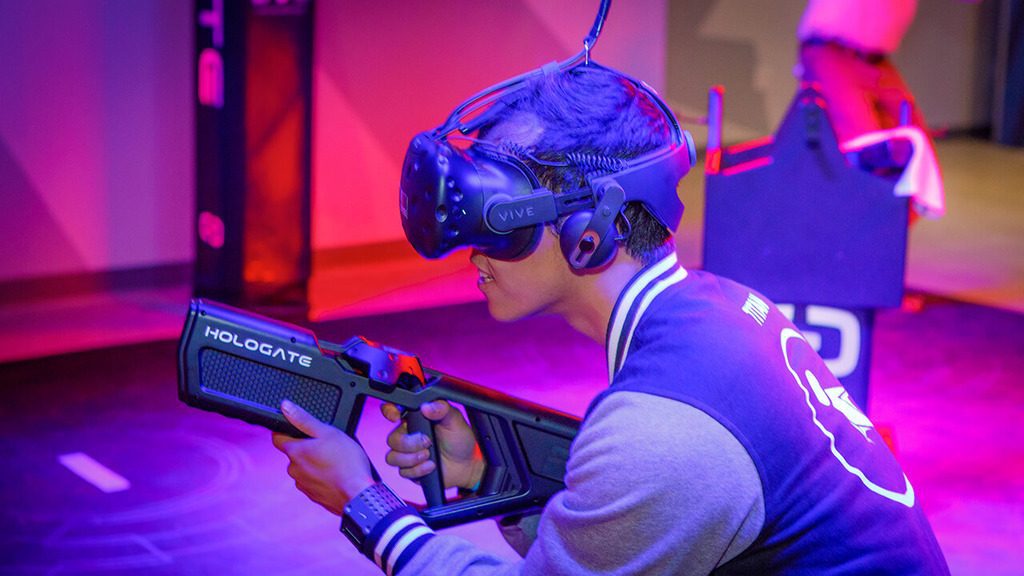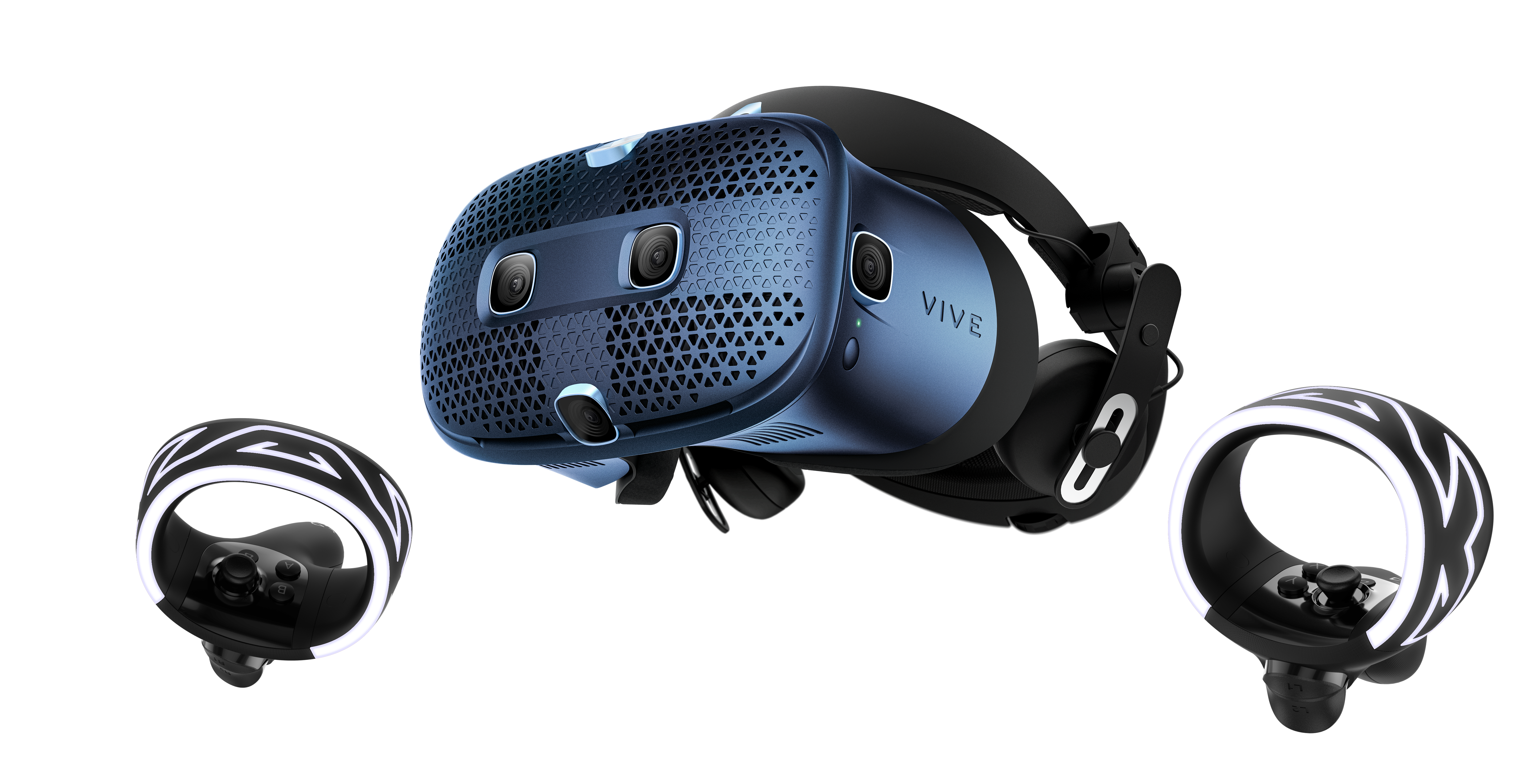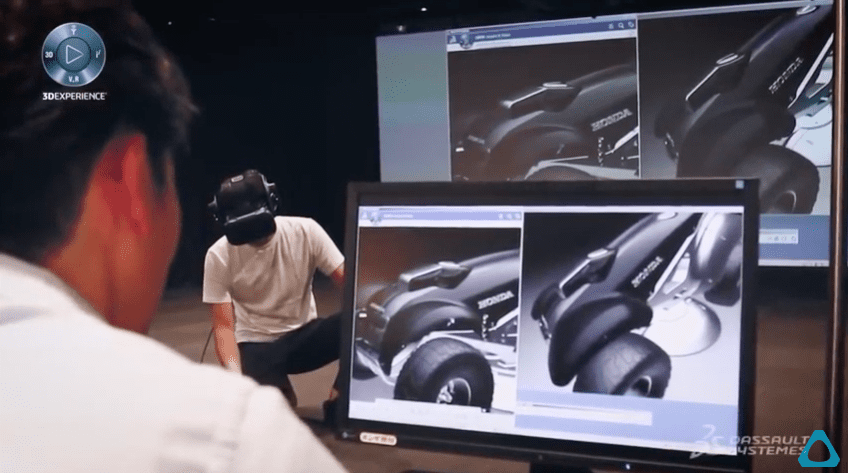Schlagwort: htc vive
-

REAL™ Immersive System with HTC VIVE Wins Design Award
Reading Time: 2 minutesThere’s never a shortage of challenges facing the world and we want to be part of solutions. That’s why we are taking a moment today to congratulate our partners at Penumbra for winning the Core77 Design Award for Health & Wellness. As we shared in March, The REAL™ System is an immersive,…
-

Case Study: CannonDesign boosts efficiency with VIVE and NVIDIA remote collaboration platform
Reading Time: < 1 minutePlease Select Your Location Thailand Australia Österreich België Canada Canada – Français 中国 Česká republika Denmark Deutschland France HongKong Iceland India Ireland Italia 日本 Korea Latvija Lietuva Lëtzebuerg Malaysia Malta Mexico Nederland New Zealand Norge Polska Portugal Russia Saudi Arabia Singapore Southeast Asia España Suisse Suomi Sverige 台灣 Ukraine United Kingdom…
-

HTC VIVE and Qualcomm Technologies work together to help accelerate XR and 5G experiences
Reading Time: 3 minutesHere at HTC Vive, we have long partnered with Qualcomm Technologies to bring amazing immersive mobile experiences to consumers and businesses. Throughout our history of making smartphones at HTC to creating VR headsets like Focus Plus, we leverage the latest and greatest processing power from Qualcomm® Snapdragon™ mobile platform. Today we’re furthering…
-

Manufacturers Benefit From Simplified 3D Design Processes in VR Thanks to Dassault Systèmes and HTC VIVE
Reading Time: 3 minutesWith the goal of fundamentally changing how design concepts go from the mind’s eye to reality, HTC VIVE Pro teamed up with Dassault Systèmes. That objective is becoming even more important within complex technology and engineering verticals—as agility, responsiveness, and speed to market continually shift. Over the last four decades Dassault Systèmes has led the world in…
-

War Remains Transports Audiences to the Hellish Landscape of the First World War
Reading Time: 3 minutesWar Remains, which premiered at the 2019 Tribeca Film Festival and later opened for a limited run in Austin, Texas, is now available to experience at home, including on HTC VIVE. War Remains transports viewers to one of history’s bloodiest battlefields: The Western Front of the First World War. We interview Ethan…
-

Case Study: Firefighters get better training for real-world dangers through VR
Reading Time: < 1 minutePlease Select Your Location Thailand Australia Österreich België Canada Canada – Français 中国 Česká republika Denmark Deutschland France HongKong Iceland India Ireland Italia 日本 Korea Latvija Lietuva Lëtzebuerg Malaysia Malta Mexico Nederland New Zealand Norge Polska Portugal Russia Saudi Arabia Singapore España Suisse Suomi Sverige 台灣 Ukraine United Kingdom United States…
-

Technology – and VR – Evolves to be More Accessible and Collaborative
Reading Time: 2 minutesOver the years, technology has evolved to become more intuitive and easier to use. As companies today are quickly adjusting to the new norm of remote workforces, technology offers new ways to address the changing face of work, keeping teams and employees engaged, collaborative and productive. Right now, we’re witnessing how relatively…
-

VIVE Cosmos 1.0.11.2 – Release Notes
Reading Time: < 1 minuteThank you for your continued support of VIVE Cosmos. The software has been updated as of 4.7.20. Below you’ll find detailed information on the topics addressed in update 1.0.11.2. Please update from your Vive console to ensure you have the latest version. [Tracking] Controller Overall reduction in controller jitter, improving precise movements in e.g.…
-

HTC VIVE Pro Now Only $599
Reading Time: 2 minutesHTC Vive continues to lead the industry with innovation and content, and we’ve decided to kick-off the new year with permanently lower prices for the entire Vive Pro line-up! Starting today, you can get the superior resolution, long-play ergonomics, and Hi-Res sound of a Vive Pro HMD for $599. Need base stations…
-

VIVE Cosmos 1.0.9.2 – Beta Release Notes
Reading Time: < 1 minutePlease Select Your Location Thailand Australia Österreich België Canada Canada – Français 中国 Česká republika Denmark Deutschland France HongKong Iceland India Ireland Italia 日本 Korea Latvija Lietuva Lëtzebuerg Malaysia Malta Mexico Nederland New Zealand Norge Polska Portugal Russia Saudi Arabia Singapore España Suisse Suomi Sverige 台灣 Ukraine United Kingdom United States…
-

Case Study: Virtual Home Tours are Changing the Way Buyers Shop for Real Estate
Reading Time: < 1 minuteReal estate developers face a unique challenge in their industry: How do you convince clients to invest in a property that doesn’t exist yet? While floor plans can offer a general outline, most people struggle to visualize their future purchase and develop an emotional connection to a new property from a…
-

Big Brands are Using This Small Tool to Design in Virtual Reality
Reading Time: 2 minutesWritten by Denis O’Keeffe, Director of AR/VR Programs at Logitech Every new invention gets improved upon and specialized. A Neolithic flint ax head bears little resemblance to today’s kitchen knife or garden spade, but it’s certainly a precursor. Similarly, in the world of art, ancient hand paintings gave way to today’s wide variety of…
-

VIVE Cosmos Software Update 1.0.8.8 – Release Notes
Reading Time: 2 minutesThank you for your continued support of VIVE Cosmos. Please continue to share your feedback via the Vive Cosmos forum. **Must read before updating** We discovered a bug that has a very small chance of bricking the headset during updates. This release will fix this for the future. The software has been updated as…
-

VIVE Cosmos Beta 1.0.8.8 – Beta Release Notes
Reading Time: < 1 minutePlease Select Your Location Thailand Australia Österreich België Canada Canada – Français 中国 Česká republika Denmark Deutschland France HongKong Iceland India Ireland Italia 日本 Korea Latvija Lietuva Lëtzebuerg Malaysia Malta Mexico Nederland New Zealand Norge Polska Portugal Russia Saudi Arabia Singapore España Suisse Suomi Sverige 台灣 Ukraine United Kingdom United States…
-

When Spectators Become the Players: VR for the Tech-Lovers and Tech-Less
Reading Time: 3 minutesBy Brent Bushnell and Eric Gradman, Two Bit Circus Co-Founders Two Bit Circus describes the role of VIVE and elbow-to-elbow play in creating a more universal VR experience — even for those who aren’t the ones in the headsets. The future of fun is often thought of as something years or even decades…
-

Save Hundreds on Vive Virtual Reality Hardware for Cyber Weekend
Reading Time: 2 minutesLet’s be honest, Cyber Weekend shoppers, you’re looking for one of two things; a unique gift at a great price or an excuse to finally buy that thing you’ve had your eye on all year. Either way, if you’re wanting to make VR a reality for yourself or someone else, we have…
-

VIVE Cosmos 1.0.8.1 – Release Notes
Reading Time: 2 minutesThank you for your continued support of VIVE Cosmos. The software has been updated as of 11.15.19. Below you’ll find detailed information on the topics addressed. Please update from your Vive console to ensure you have the latest version. [Vive Console] Disabled USB power saving by default, which can improve the experience on Vive Wireless Adapter. Added the ability for…
-

Case Study: adidas Revolutionizes Internal Workflow with Virtual Reality
Reading Time: < 1 minuteHTC Vive and The Wild collaborated with adidas, one of the largest sportswear manufacturers in the world, to help streamline internal collaboration and workflow processes with virtual solutions. The Wild’s software facilitates a humanscale environment that can be explored on foot by key stakeholders Communication and collaboration are key in any organization,…
-

Designing Products in Virtual Reality First is the Future, Here’s Why
Reading Time: < 1 minuteFor automotive design, creating a full-scale model is an integral part of the design process. With HTC VIVE Pro, Dassault Systemes designers, engineers and product managers are able to visualize and collaborate on virtual scale designs in real time without having to produce physical mockups. [youtube https://www.youtube.com/watch?v=TkGJw2t6vIw?feature=oembed&wmode=opaque&w=730&h=411] The immersive experience is key; the…
-

Case Study: Rinnai® America Increases Lead Generation by 50% With VIVE
Reading Time: < 1 minuteLearn how Rinnai’s collaboration with HTC Vive and Groove Jones improved lead generation by 50% year-over-year with the use of VR technology. [youtube https://www.youtube.com/watch?v=vvg6uG_V10E] Rinnai, the largest gas appliance manufacturer in Japan, is also the number one selling brand of tankless gas water heaters in North America. Tankless water heaters are…
-

Vive Cosmos: Continuing to Update
Reading Time: 3 minutesWe built VIVE Cosmos to adapt to the needs of VR customers with ease, comfort, and performance. It’s our most versatile headset yet—with inside-out tracking, unlimited content in the box, swappable faceplate mods for more options in the future, and an entirely new design. We’re proud to have developed a VR kit…
-

VIVE Pro Eye Simplifies Research Applications Involving Visual Attention
Reading Time: 2 minutesBy Peter Schlueer, President and Founder of WorldViz. With VIVE Pro Eye scientists have easy access to research quality VR eye-tracking. WorldViz Vizard VR software makes this data available with as much low-level control exposed as possible. Believe it or not, our VR technology has fueled scientific research for over two decades, and about every…

